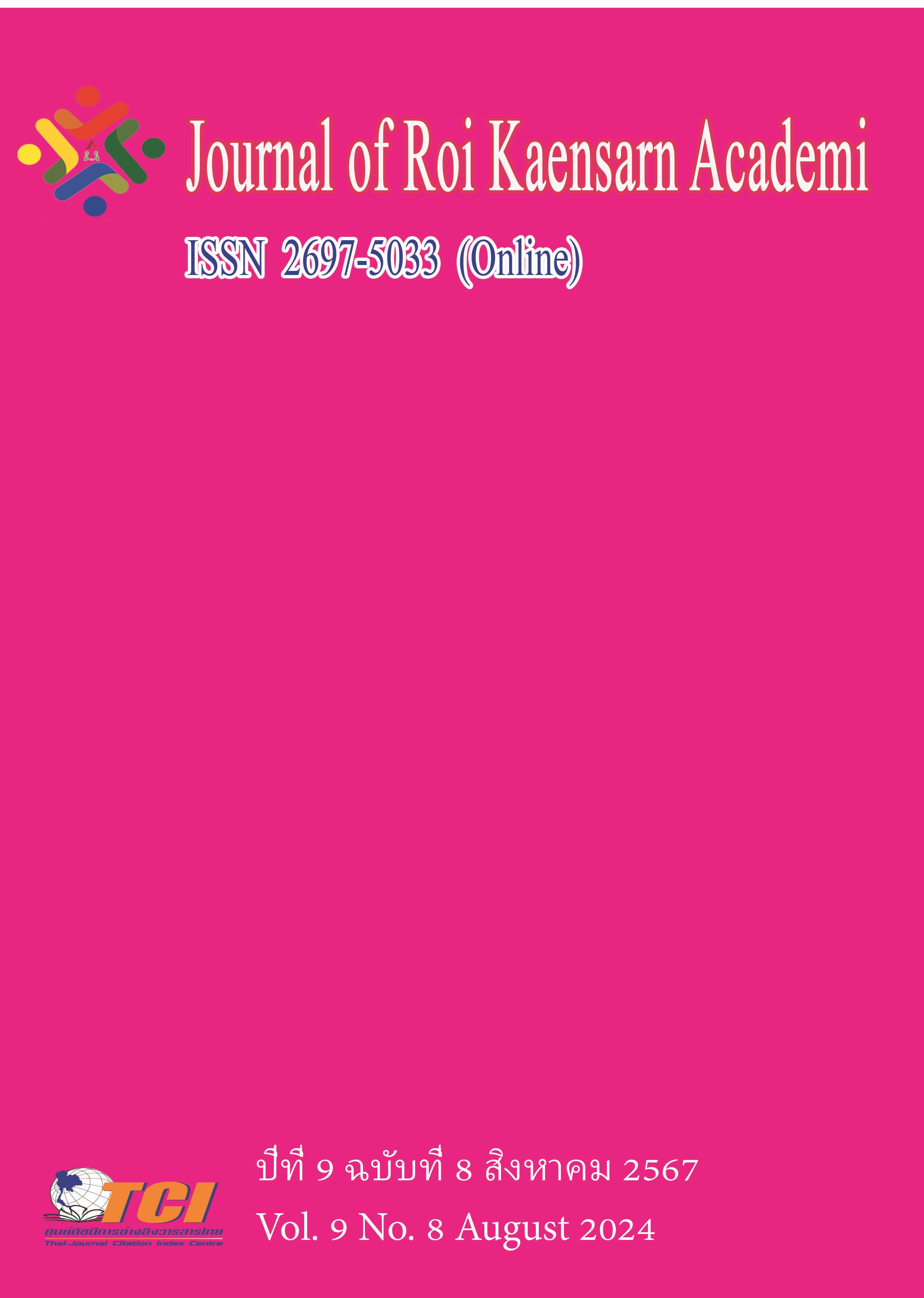The Art and Environment Management within the Context of Installation Art in Thailand and the People's Republic of China
Main Article Content
บทคัดย่อ
Installation art has a history of more than 100 years. From the initial "ready-made art" to the current diversified development, in this process, whether it is art form, creation method or art media, earth-shaking changes have taken place. Moreover, with the continuous deepening of urbanization, installation art has gradually played its important role in the city, completed the "conspiracy" with urban public art, and moved from "inside the museum" to "outside the museum", exerting its unique artistic characteristics and aesthetic value in the public domain. At the same time, the trend of digital life is constantly developing, and the changes in the aesthetic habits and reading methods of the public within the society are also constantly stimulating the changes in public art. The distance between the audience and art is getting closer and closer, which is not only reflected in the fact that the audience can appreciate and watch art works more freely, but also in the "interaction" between the audience and the artwork. This interaction is not only physical, but also psychological and spiritual. The subject-object relationship of aesthetics has become an important topic of discussion in the current installation art. The changes in the artistic form of installation works in the public domain caused by this are also an important artistic phenomenon at present.
Article Details
เอกสารอ้างอิง
Bing Gu Xingren. (2016). Ethnicity and Aesthetics [M]. Xi'an: Northwest University Press.
Chris Buck. (2013). Cultural Studies: Theory and Practice [M]. Kong Min. Translated. Beijing: Peking University Press.
Daniel Bell. (2003). The Cultural Contradictions of Capitalism [M]. Translated by Zhao Yifan et al., Shanghai: Sanlian Bookstore, 19Du Zhanqi. Saving History from the Nation-State: Nationalist Discourse and the Study of Modern Chinese History [M]. Beijing: Social Sciences Academic Press.
Gao Ling. (2006). The Contemporary Renaissance of Chinese Consciousness Aesthetic Creation [M]. Chengdu: Sichuan Fine Arts Publishing House, 2006.
George Larren. Ideology and Cultural Identity: Modernity and the Presence of the Third World [M]. Shanghai: Shanghai Century Press.
Guan Huaibin. (2019). Special Creation of Spatial Multimedia Art [M]. Hangzhou: China Academy of Art Press.
Harold Iroson. (2008). The Crowd: Group Identity and Political Change [M]. Guilin: Guangxi Normal University Press.
He Wanli. (2008). History of Contemporary Installation Art in China [M]. Shanghai: Shanghai Painting and Calligraphy Publishing House.
Henri Lefebvre. (2008). Space and Politics [M]. Translated by Li Chun. Shanghai: Shanghai People's Publishing House.
John Fiske. (2001). Understanding Popular Culture [M]. Translated by Wang Xiaowang and Song Weijie, Beijing: Central Compilation and Translation Press, 2001.
Liu Jihui (ed.). (2001). Cultural identity and presentation strategies [M]. Taipei: Maitian Humanities.
Lu Mingjun. (2020). Art Change and Modern China: The Radical Roots of Contemporary Chinese Art [M]. Beijing: Commercial Press, 2020.
Martin Heidegger. (2007). The Path in the Forest [M]. Translated by Sun Zhouxing, Shanghai: Shanghai Translation Publishing House, 2007.
Michael A. Haug. (2011). Dominic Abrams. The Social Identity Process [M]. Beijing: China Renmin University Press.
Nicola Negroponte. (1996). Digital Survival [M]. Translated by Hu Yong and Fan Haiyan, Haikou: Hainan Publishing House.
Shao Peiren and Chen Long (eds.). (2011). General Theory of Media Culture [M]. Nanjing: Jiangsu Education Press.
Umberto Eco. (2010). Open Works [M]. Translated by Liu Ruting, Beijing: Xinxing Publishing House.
Walter Benjamin. (2008). Towards the Age of Vanishing Aura [M]. Translated by Xu Qiling and Lin Zhiming, Guilin: Guangxi Normal University Press.
Wei Ran. Zhu Lili. (2015). Cultural production and identity [M]. Zhenjiang: Jiangsu University Press.
Yang Jihong. (2008). New Media Survival [M]. Beijing: Tsinghua University Press.
Zhang Pinggong (ed.). (2013). Globalization and cultural identity [M]. Guangzhou: Jinan University Press.
Zhang Songren, Chen Guangxing, and Gao Shiming (eds.). (2013). Historical Consciousness and National Identity - Du Zhanqi Reader [M]. Shanghai: Shanghai People's Publishing House.
Zhao Jingrong. (2015). Cultural memory and identity [M]. Beijing: Sanlian Bookstore, 89.

